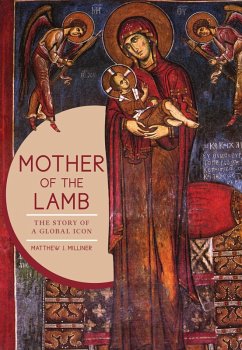Matthew Milliner first chronicles the story of the icon's creation and emergence in the immediate aftermath of the Third Crusade, whereupon the icon became a surprising emblem of defeat, its own fame expanding in inverse proportion to Christendom's political contraction. Originally born as a Christian response to the Christian violence of the Crusades, it marked the moment when Mary's ministry of suffering love truly began. Having traced the icon's origin and ubiquity, Milliner teases out the painting's theological depth, and continues the story of the icon's evolution and significance from its origins to the present day.
As the story of the icon moves well beyond Byzantine art history, both temporally and thematically, it engages religion, politics, contemporary art, and feminist concerns at once. Always, though, the icon exemplifies dignity in suffering, a lesson that--through this image--Byzantium bequeathed to the wider world. Encapsulating eleven centuries of development of the mourning Mary in Byzantium, the Virgin of the Passion emerges as a commendable icon of humility, a perennial watchword signaling the perils of imagined political glory. The Virgin of the Passion, emblemizing political humility, the powerful agency of women, and the value of inter-Christian and extra-Christian concord, is an exemplary Marian image for the fledgling twenty-first century.
Dieser Download kann aus rechtlichen Gründen nur mit Rechnungsadresse in A, B, BG, CY, CZ, D, DK, EW, E, FIN, F, GR, HR, H, IRL, I, LT, L, LR, M, NL, PL, P, R, S, SLO, SK ausgeliefert werden.









